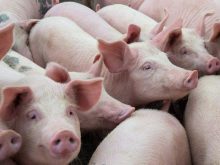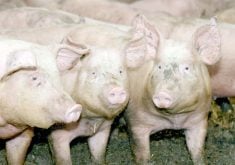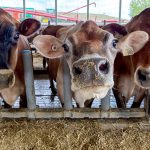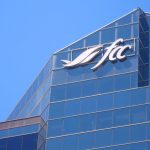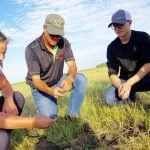RED DEER – Food safety is a hard concept to adopt when producers are worried about the health of their animals.
“My real goal is a producer of quality meat products for consumers,” said lamb feedlot owner Floyd Williams, who explained new food safety programs coming on line for the sheep sector.
That attitude must be adopted as more livestock groups adopt herd health programs and unique animal identification to ensure they are producing safe foods.
Unique identification is coming for the sheep industry as a health tracking system for contagious diseases such as scrapie.
Read Also
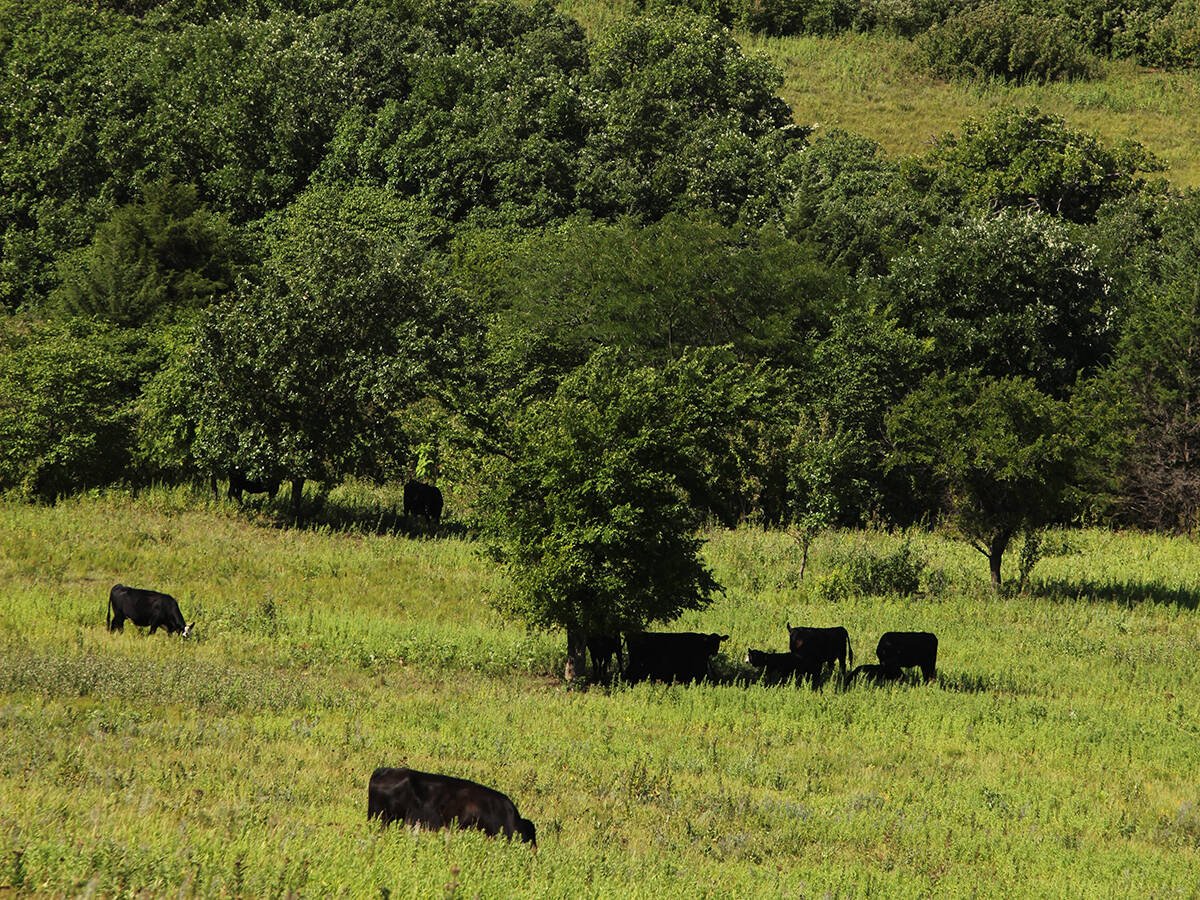
Beef cattle more prone to trace mineral deficiencies
The trace mineral status of our cows and calves is a significant challenge for western Canadian producers and veterinarians.
Clean-up and eradication of a disease is costly and it is hoped an individual identification program could ease problems when there is an outbreak.
“Had the Quebec people had an I.D. system of some form, possibly many of their animals wouldn’t have had to be destroyed,” said Williams whose feedlot is located at Arrowwood, Alta., southeast of Calgary.
More than 11,000 Quebec sheep were destroyed in the last two years because of scrapie.
The concept of identification and on-farm food safety programs was introduced at the Alberta Sheep Symposium.
The Canadian Sheep Federation passed a resolution to adopt unique identification last December and set up a committee to see it to completion by the end of 2001.
Williams is on the technical group working to establish the program.
Three levels of identification are possible.
The first is a mandatory program that tracks animals back to their original flocks. The second is individual animal traceback and the third is database of all animals.
Ottawa gave the cattle and sheep sectors $1 million to develop a unique identification system. The sheep industry’s share is $50,000.
Sheep producers agree they want a simple, inexpensive program. They will likely adopt ear tags similar to the program under way in the cattle industry.
As a feedlot owner, Williams said he does not want to buy lambs in the future that are not wearing the proper ear tags.
The industry is also expected to adopt an on-farm food safety program using hazard analysis critical control points. This program is already in place among food processors.
There are 13 other commodities working through this program. The broiler and hog industries are furthest ahead, said Williams.
The sheep industry program will be voluntary and farmers are asked to develop a thorough knowledge of hazards and risks found on their farms. They need to understand and adopt good management practices and demonstrate an effective farm plan with good records of all animal treatments, deaths and births.
A major issue for this industry is reporting broken needles and observing drug withdrawal times.
Helpful handbook
A producer handbook is being written that addresses proper management, drug use and animal care.
Trained auditors will visit farms to make sure producers follow proper procedures.
In addition, Alberta is adopting an assured quality flock health program.
Veterinarian Ileana Wenger helped develop it.
So far, 45 vets have been trained to conduct audits and 45 producers are certified under the flock health program.
It follows HACCP procedures and basic good management on the farm. It is expected the animal health and food safety programs will dovetail.
“The two programs should work well together. They should not be intimidating because they are for our own good,” said Wenger.





